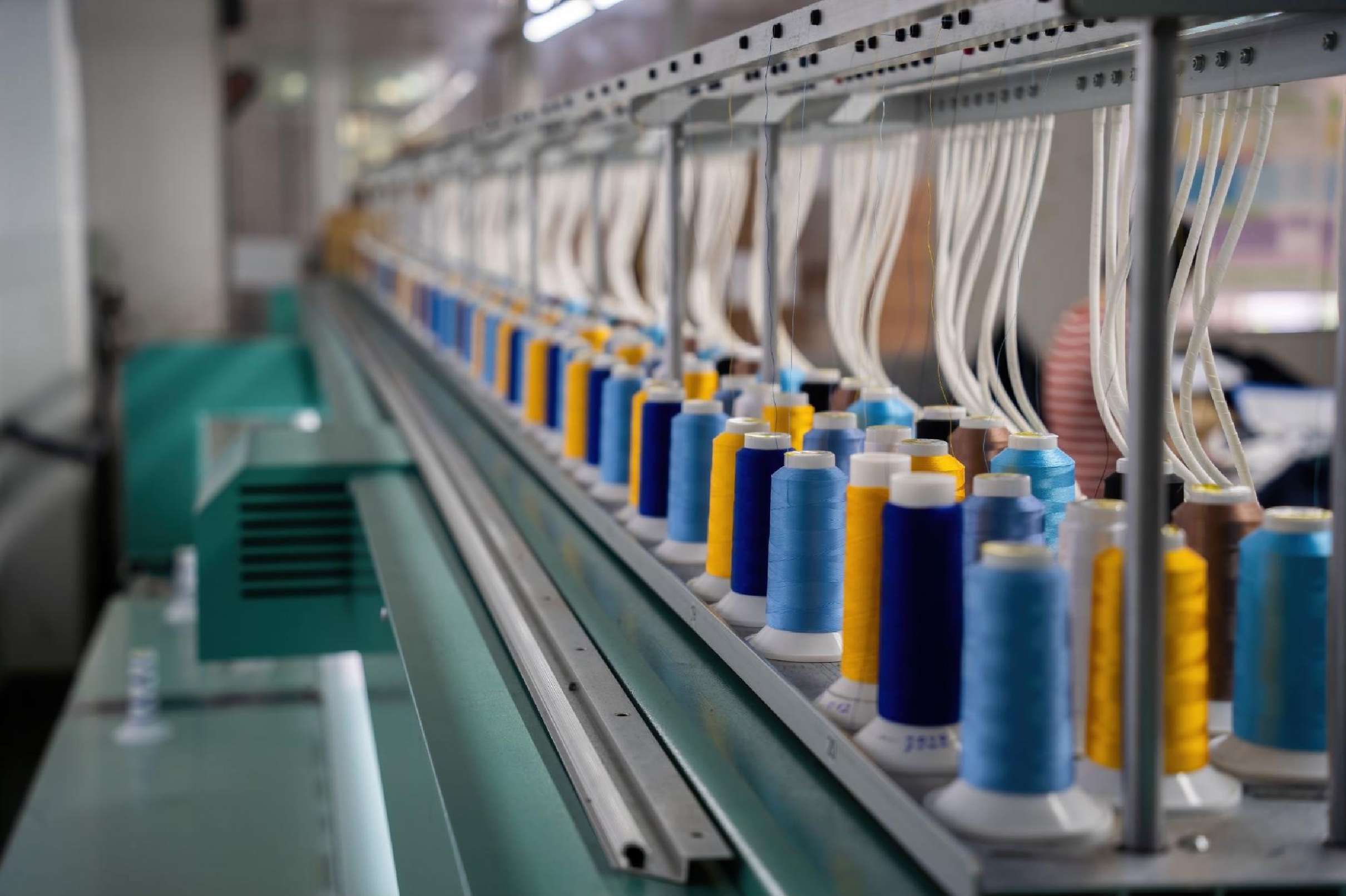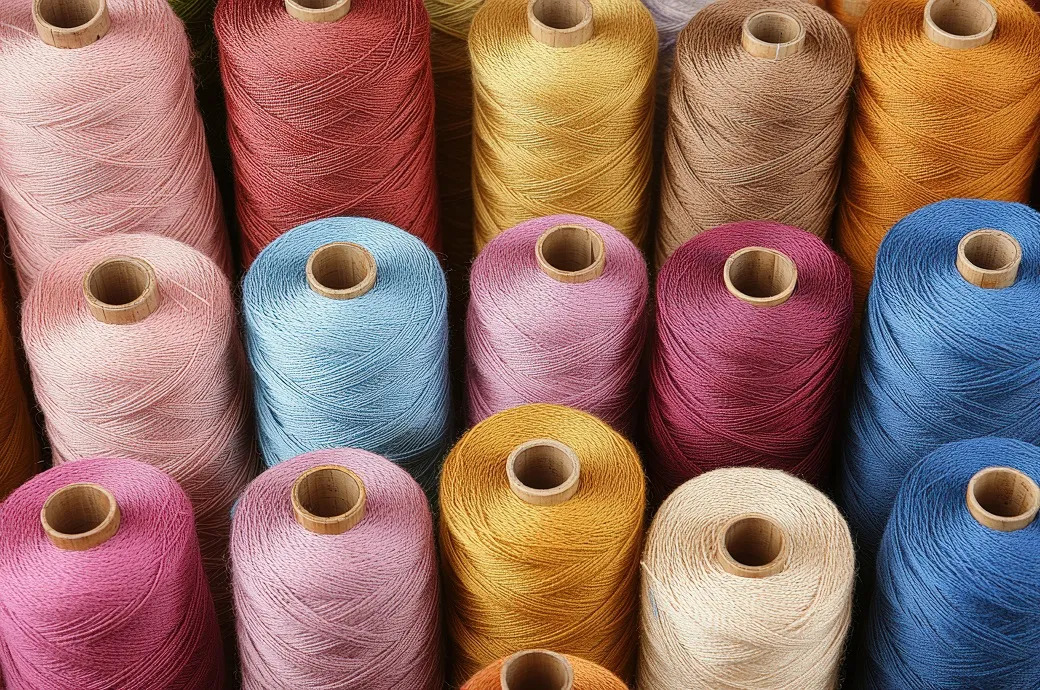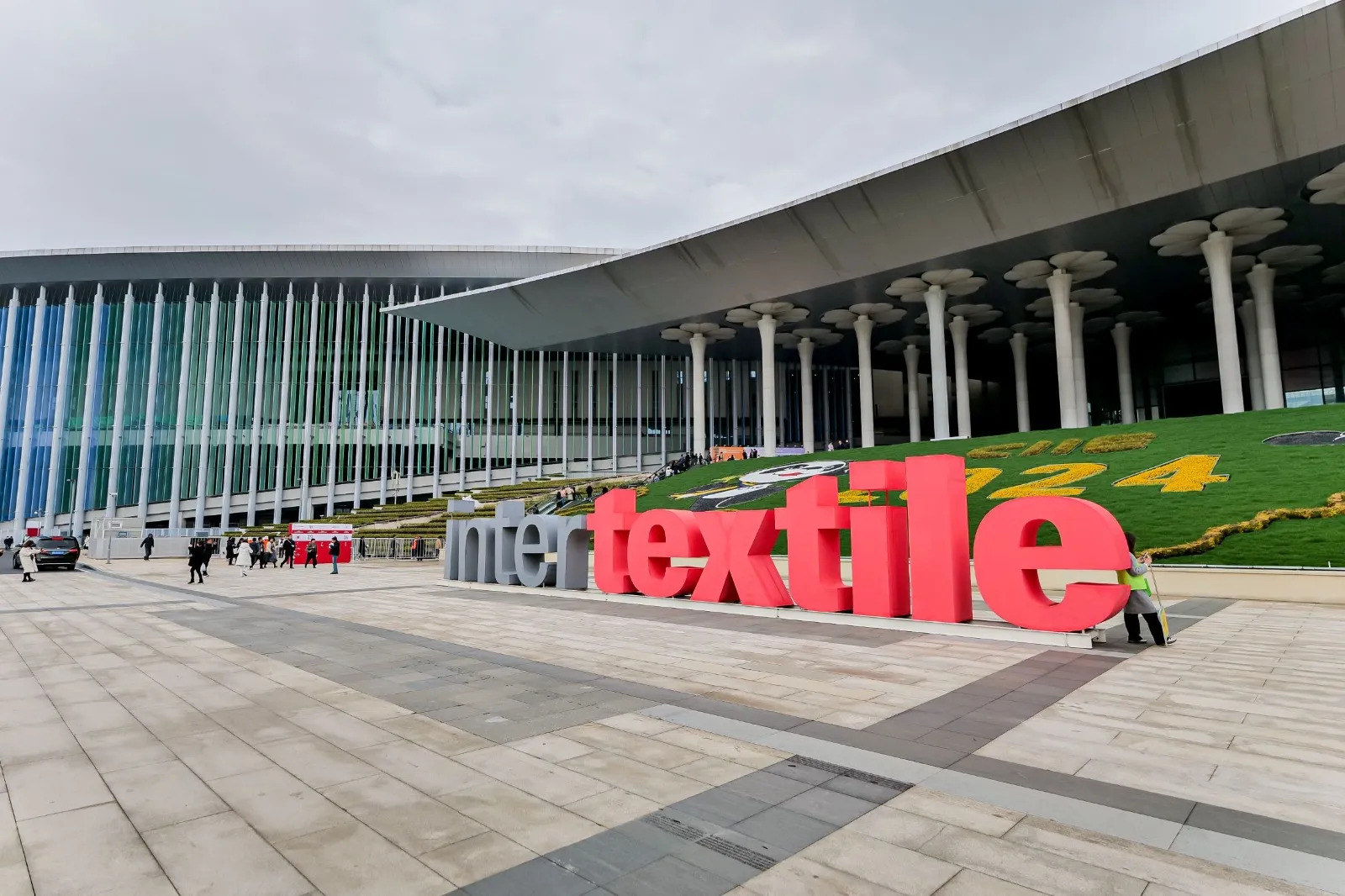The textile sector in India aims to double its contribution to the national GDP from the current 2.3 per cent to 5 per cent by 2030. The sector aims to improve its supply chain efficiency, integrate automation and digitization, and explore new markets in Africa, Latin America, and Southeast Asia. It will also align its sustainability efforts, including renewable energy adoption with global environmental standards.
With a rich heritage and strategic global positioning, India is poised to become a central player in the international textile supply chain. Textile sector in the country is on a strong growth trajectory, driven by advancements in spinning, denim, and man-made fibers (MMF). With 48 million spindles, India’s spinning segment is projected to grow by 12-14 per cent in FY24. Yarn exports are set to increase by 85-90 per cent, fueled by robust demand. Ranked second globally, the denim industry is expected to grow at a CAGR of 8-9 per cent, while constituting 70 per cent of global fiber consumption, MMF is gaining momentum, driven by demand across apparel, home textiles, and industrial applications.
Combining traditional strengths with modern technologies, India’s textile industry is positioned to drive economic growth, create employment, and lead the global textile landscape, defining its role as a hub for sustainable and innovative textile solutions.












